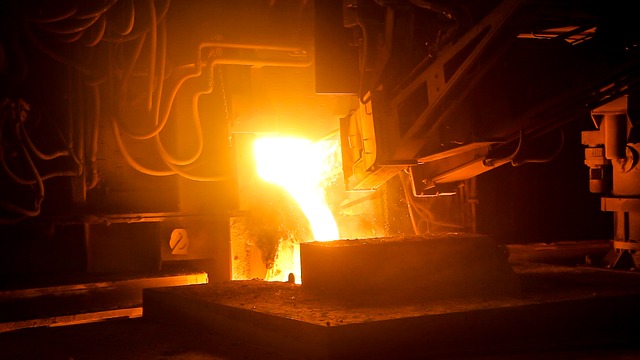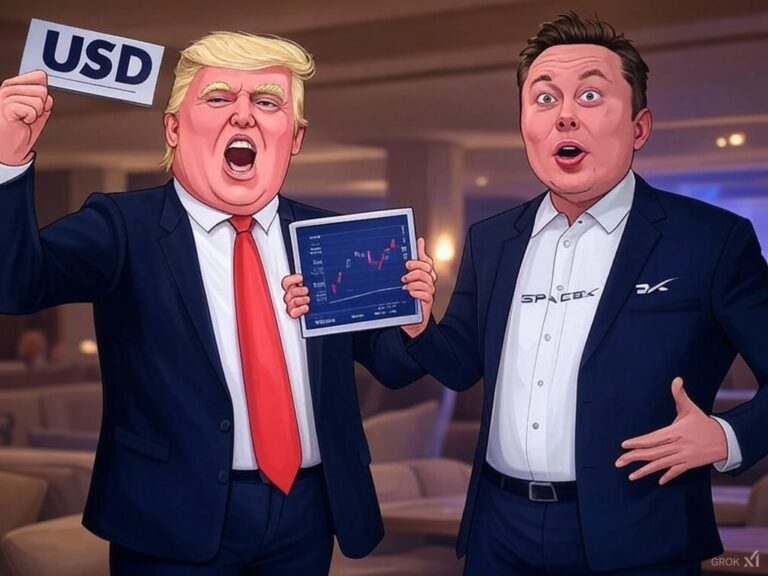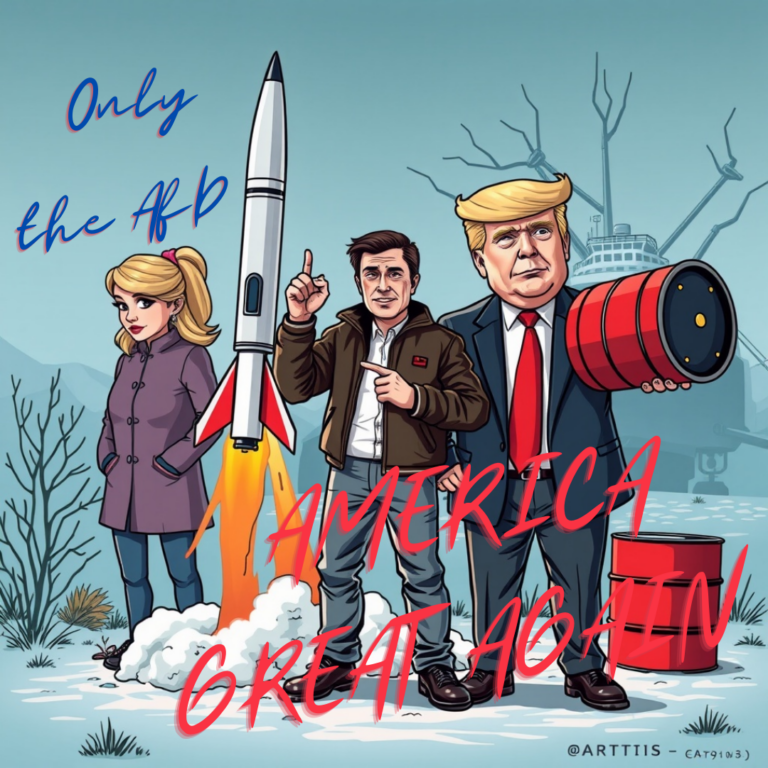November was characterized by very mixed price developments for industrial metals. The price of iron ore, for example, plummeted, while the prices of other metals increased.
According to the Institute of the German Economy (IW), the industrial metals price index IMP stood at 492.3 points in the month of November. It was thus 2.3 percent lower than in October – and this despite the constant new warnings about inflation.
For several months now, the industrial metals price index seems to have stagnated. This may raise the question of how this can be explained despite general inflation concerns and, above all, the looming shortages of many industrial metals.
Iron ore causes the decline of the IMP
The decline in the industrial metals price index IMP in the month of November can be attributed primarily to the fall in the price of iron ore. The price decline for iron ore began as early as October. This continued strongly in November and is causally responsible for the decline in IMP.
As recently as the end of July, the iron ore market had reached a new high, but since then a downward slide began which has continued until now. Since July, the iron ore price has already lost more than 50 percent.
The reason for the decline in iron ore prices is reduced demand from China. China produces more than half of the world’s steel. But the country no longer wants to continuously increase crude steel production as before. Instead, steel production in China is to be curbed and will not exceed the 2020 production level this year. The main reason for the cutback in steel production is the energy crisis in the Middle Kingdom.
If iron ore is excluded from the IMP, the industrial metals price would not have declined in the month of November, but actually increased by 1 percent compared to the previous month of October.
Other metals gain
Experts are certain that the pressure on steel prices will continue until China increases its steel production again. The low price of iron ore is therefore likely to continue in the first quarter of 2022.
Other metals, such as copper and zinc, showed slight gains. There are signs of bottlenecks on the market here, so there is definitely potential for further price increases.
Euro weakness could become a burden for the IMX
According to IW Managing Director Hubertus Bardt, the weakness of the euro could still become a burden for the IMX. Metals are generally traded in U.S. dollars.
A weak euro therefore leads to higher prices for German companies. The monetary policy direction of central banks could therefore play a major role in the price development of industrial metals in the future.
At present, it appears that the U.S. Federal Reserve wants to exit its loose monetary policy more quickly than the ECB.







